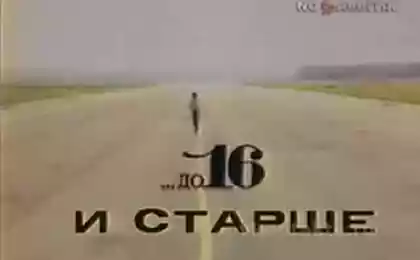913
The first successful demonstration of the transmission of thought at a distance
For the first time, neuroscientists have been able to demonstrate the application of a - and completely non-invasive - the connection between "brain-drain". During the experiment, test subjects who share a 8,000 km, exchanged thoughts Pronounced words encoded in numerical form. In fact, argues that an important step to creating a telepathic technology.
Subjects who were in France and India, have successfully passed each other the word «hola» and «ciao». Communication via the Internet, used electroencephalography and robotic транскраниальная magnetic stimulation .
decoding brain signals h4> Prior to this experiment, most researchers used electroencephalography to establish a link between the human brain and the computer. For example, in one experiment, the subject was able to заставить the power of thought to move rat tail .
By means of electrodes attached to an scalp recorded electrical impulses emitted by the brain. Recorded "motor" signals when a person is that he moves his hand or foot, interpreted computer and can be used to control some devices, for example, a robot mouse or a wheelchair.
Communication with other brain h4> For the latter, "telepathic" experiment were recruited four members. One of them was the "transmitter" they put on his communication device "brain-computer» (BCI, brain-computer interface). The other three were "receivers", they consolidated the communication device "brain-computer» (CBI). With encephalography mentally uttered "transmitter" words have been translated into a binary type and mailed in from India to France. There, these data were converted into electromagnetic pulses and by transcranial magnetic stimulation have been "translated" into the brains of three "receivers." To test this manifested itself in the emergence of phosphenes , flashes of light in his eyes. Counting the number of outbreaks in several sequences, "receivers" were able to decipher the message.
The information is not transmitted through tactile sensations, visual images or sounds. On the contrary, steps were taken to block these information channels.
After this, a second experiment was conducted with laboratory in Spain and France. The error rate was 15% (11% at 4% and decoding when encoding of the signal). Not perfect, but not bad.
Now researchers are going to start working on a way to transfer a bulk messages that decision would be easier to interpret. This will be no easy task.
Source: habrahabr.ru/post/235621/
Google has created a virtual museum of Chinese history and art
The fraternal peoples of Russia and Serbia























